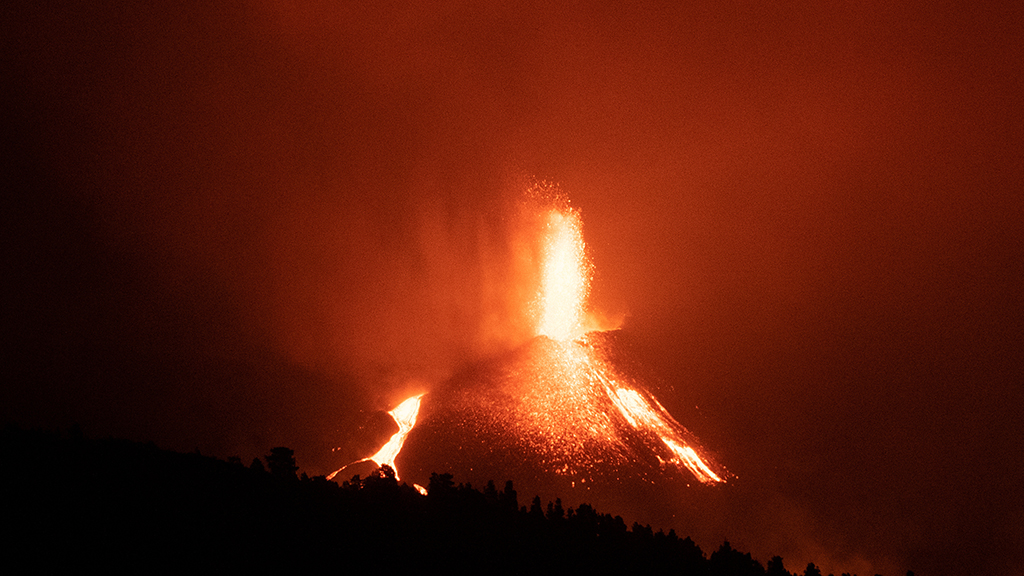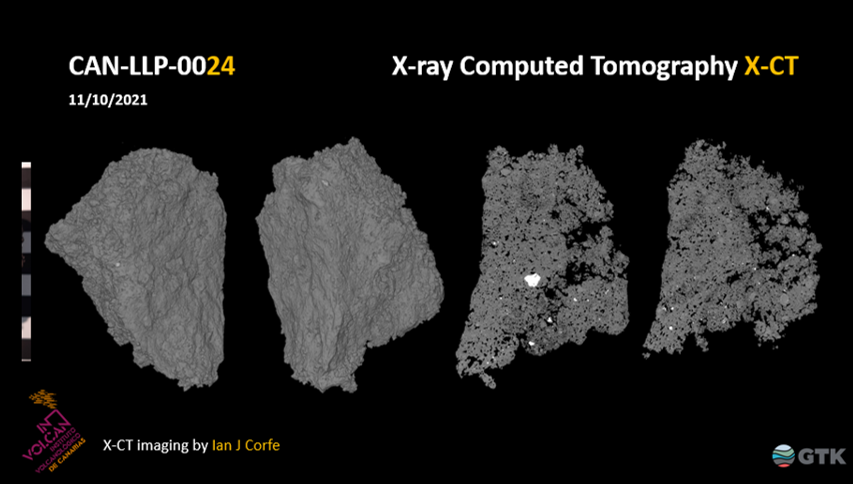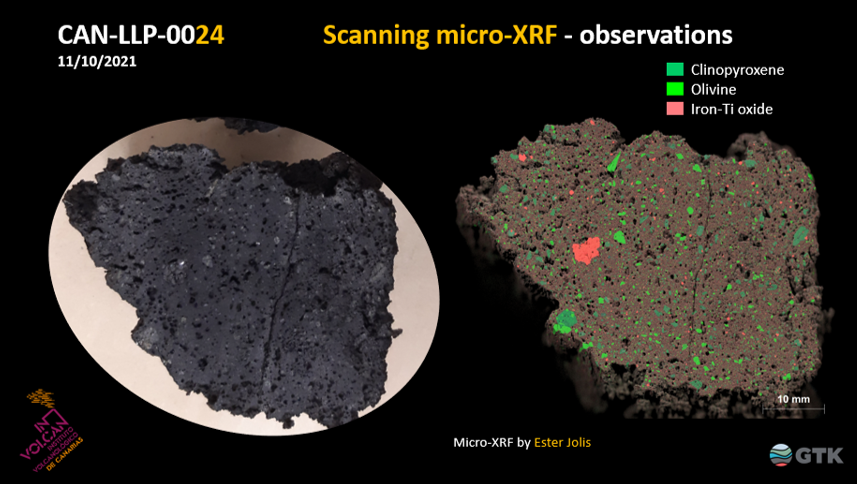Case La Palma – Understanding the Eruption History of a Live Volcano by Imaging and Analysing the Crystal Cargoes
Geological Survey of Finland (GTK) has been selected as one of the global research groups to work on the recently erupted volcanic materials (lava flows, ash deposits and lava bombs) from Cumbre Vieja, on the island of La Palma, Canary Islands, Spain.

We are working closely with the team on the ground at INVOLCAN (Canary Islands Volcanology Institute), as well as with other researchers from around the world.
This research will not only help with the geological understanding of hot spot-related mantle plume volcanism, but also aims to provide much needed data to improve the forecasting of eruptions such as the recent one on La Palma.
The eruptions are highly significant because La Palma last saw active volcanism more than 50 years ago from its Teneguía volcano in 1971. The ash and lava has caused significant damage and destruction, with several thousand houses and buildings having been destroyed to date.
Since the start of the volcanic activity on 19th September 2021, INVOLCAN have been studying the daily eruptions, and sampling all the hot rocks that have come out of the ground, straight from the mantle.
To date, GTK has investigated a time-sequence of lavas that erupted during September-October 2021, with all the analysis and imaging having been carried out by our team of mineralogists and petrologists at our geoanalytical facilities in Circular Raw Materials Hub in Espoo, Finland. We are now moving onto characterising ash samples and other ejected materials.
See: https://twitter.com/involcan/status/1471459701619576832?ref_src=twsrc%5Etfw.


Alan R Butcher works as a Research Professor at Circular Economy Unit at Geological Survey of Finland. More information alan.butcher@gtk.fi
